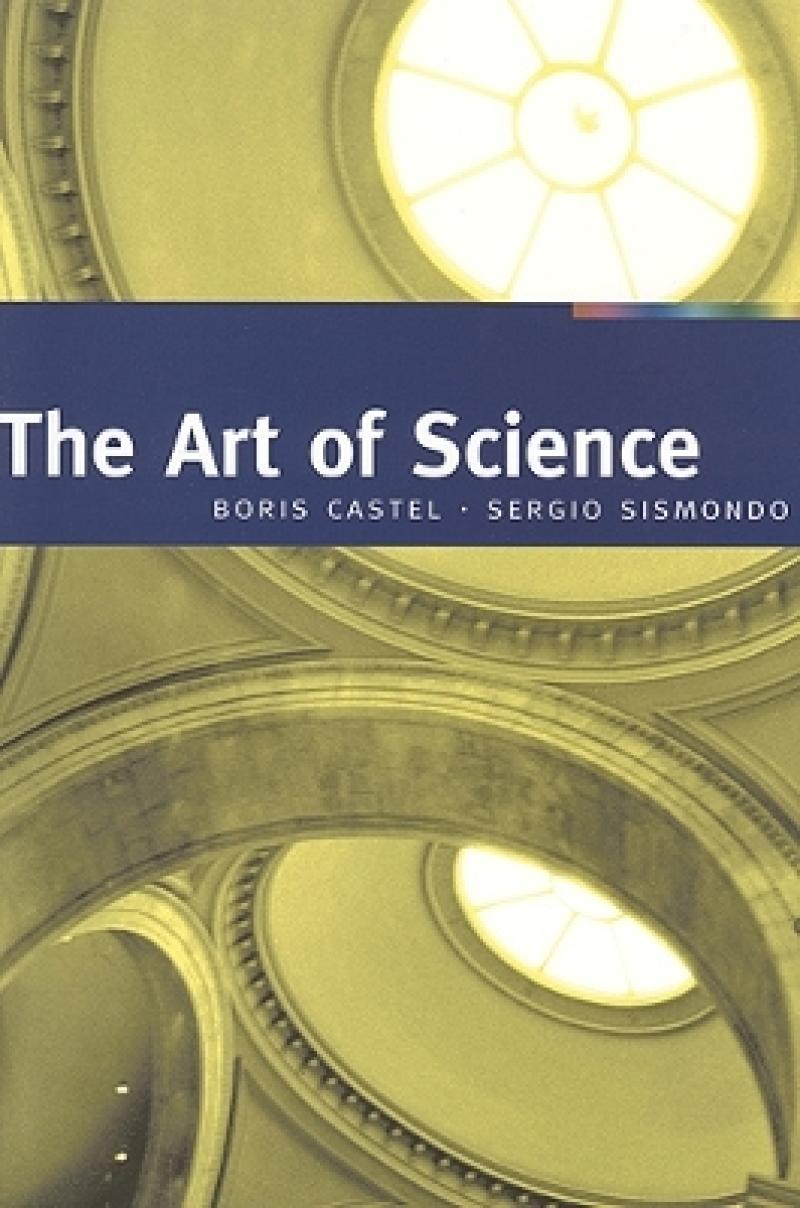Castel and Sismondo's discussion will certainly please all philosophers, sociologists, and historians with an interest in scientific practice, while the broad range of case studies and illustrations in each chapter will take students and general readers on a wonderful journey of discovery. - <i>Tecnoscienza</i>
The Art of Science steers a course between two important and contradictory images that have a myth-like status: that of the scientist as computer, and that of the scientist as genius. If we abandon these images to focus on what scientists really do, we see that the sciences are also arts.
To show the artistry of science, text and images are woven together, so that the book makes its arguments not just through stories of science, but through vibrant and arresting illustrations that help to bring the activity of science to life. The Art of Science shows science not as austere and other-worldly, but as textured and wonderfully human.
2. Painting the Invisible
3. Logic and the Construction of Reason
4. Controversies and Consensus
5. Confronting Nature in Lab and Field
6. Doing Science in the Real World
7. The End of Science?
Sources and Further Reading
Acknowledgements
Produktdetaljer
Biografisk notat
Boris Castel, a nuclear physicist, is the author of several books on particle and nuclear physics. He is a professor of physics at Queen's University as well as the editor of the journal of ideas, Queen's Quarterly.
Sergio Sismondo is a professor in the Department of Philosophy at Queen's University and author of several books and numerous articles on the philosophy and social studies of science.
